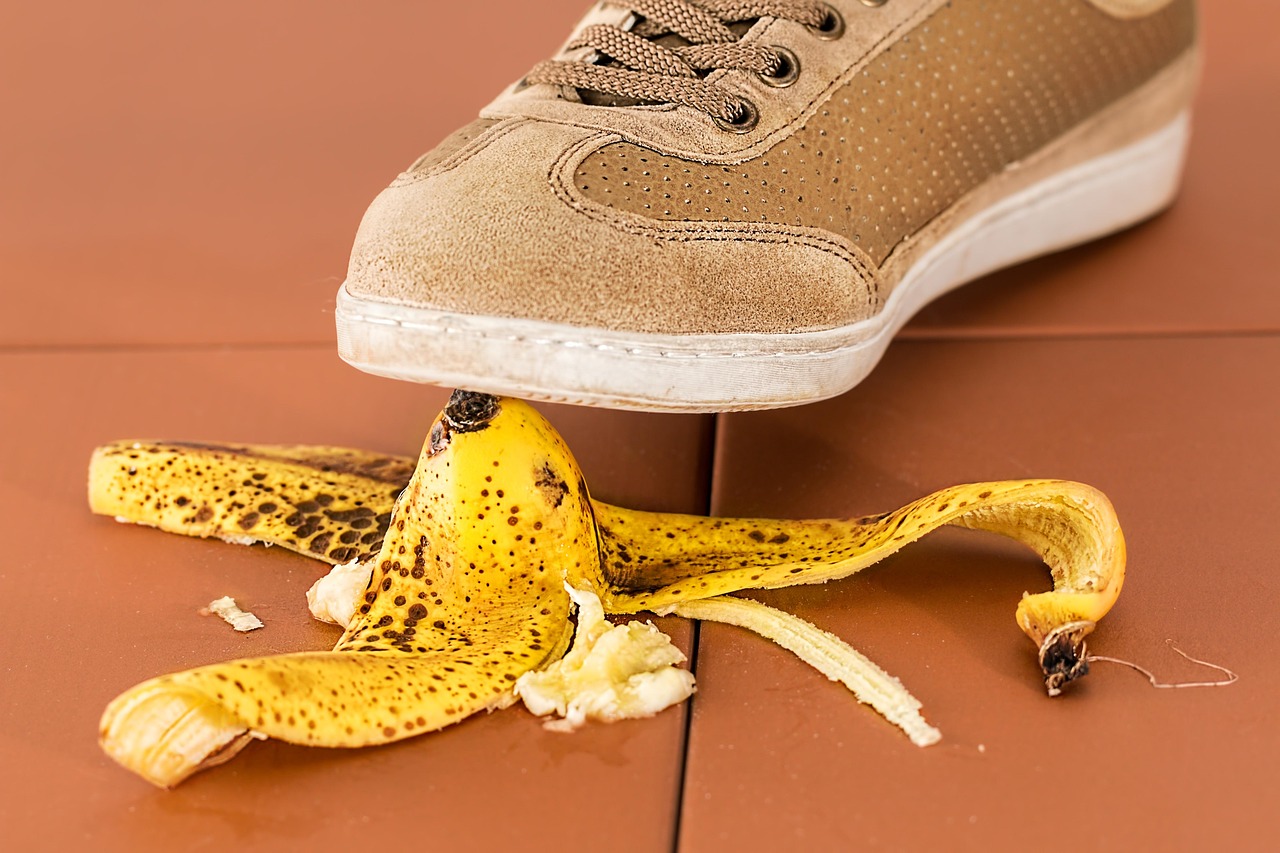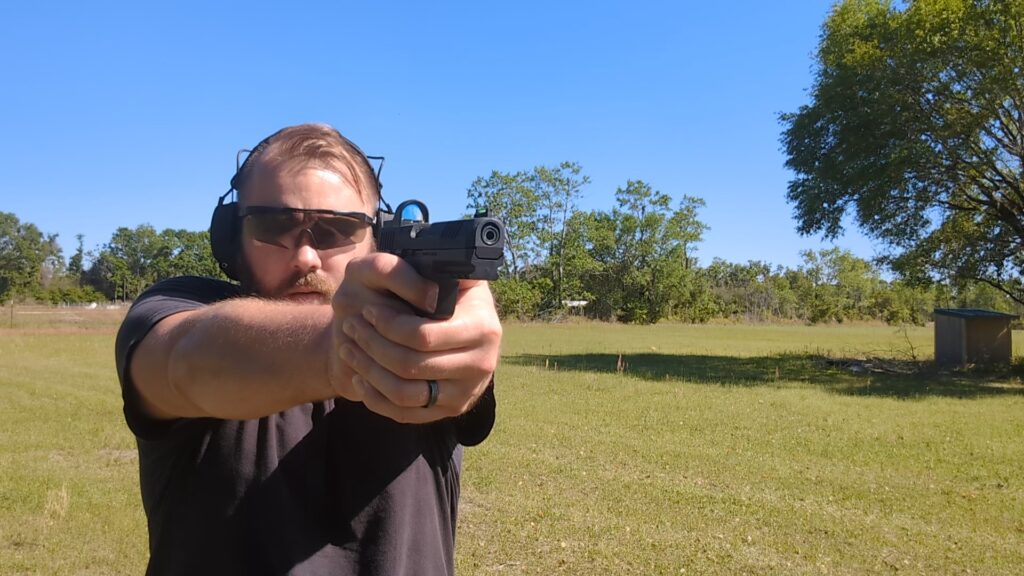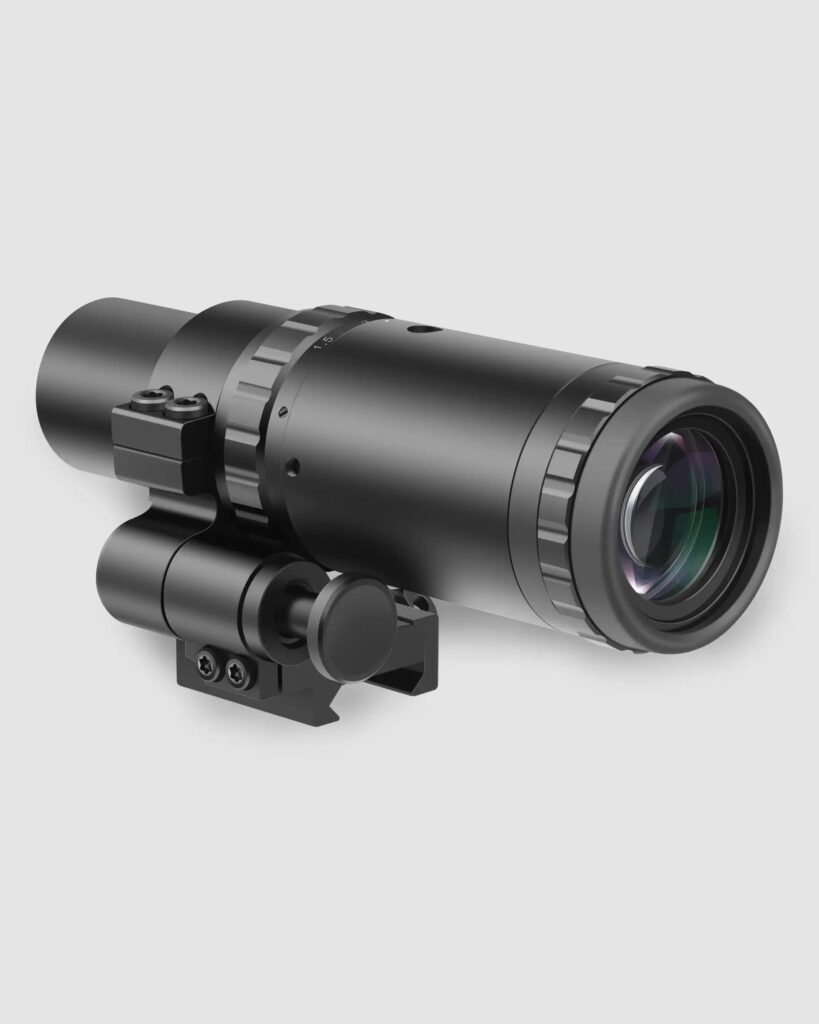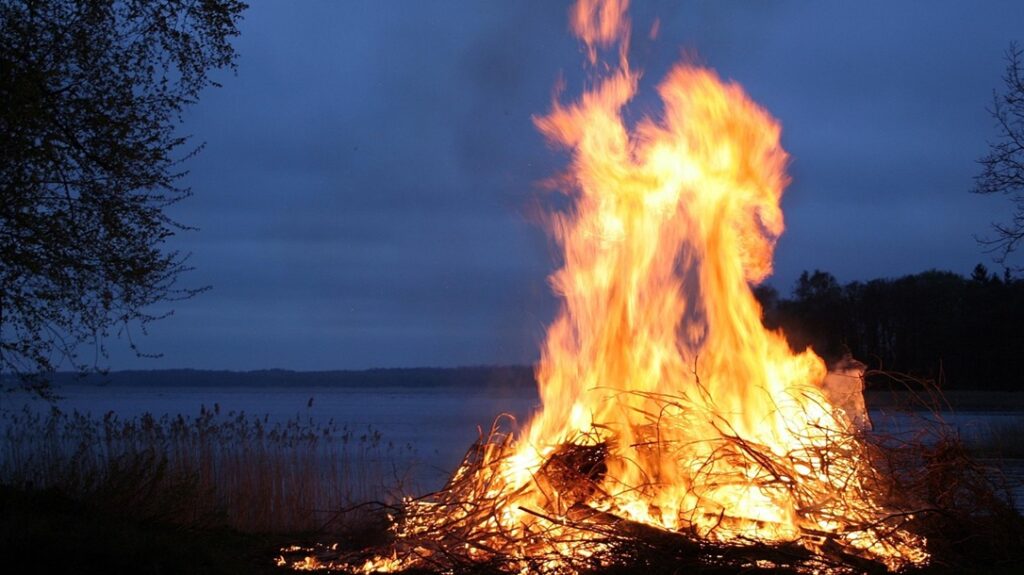Fall prevention is an area of home safety that far too many people overlook until it’s too late.
A half-inch flooring deviation took my grandmother’s life. That’s not hyperbole nor exaggeration. She was 83 and had lived alone for over 30 years. She was active and quite spry. One afternoon, as she was leaving a neighbor’s home, she tripped where a wooden deck met a concrete step. It was only a half-inch or so, but it caused her to fall backwards, and she struck her head. She was okay at first, but deteriorated over the next couple of days. She spent several months essentially comatose and eventually died.
Tips for Fall Prevention
According to the Centers for Disease Control, there are three million visits to emergency rooms in the United States due to falls, resulting in over one million hospitalizations. Falls are the most common cause of traumatic brain injuries.
Advertisement — Continue Reading Below
So, yeah, fall prevention is important. Fortunately, there are things you can do to mitigate the risk.
Control Cluttered Areas
One area in the home that tends to accumulate stuff is the entryway. A lot of us dump our shoes or boots near the door, along with coats and other outerwear. Kids often toss backpacks there as well when they get home from school. The end result is a ton of stuff causing all manner of trip hazards.
Do what you can to keep things under control. Set up some sort of system where boots always go here, backpacks go there, jackets get hung up, and so on. Be diligent about it, and it won’t take long (hopefully) for the habit to develop for everyone.
Advertisement — Continue Reading Below
Water Causes Problems
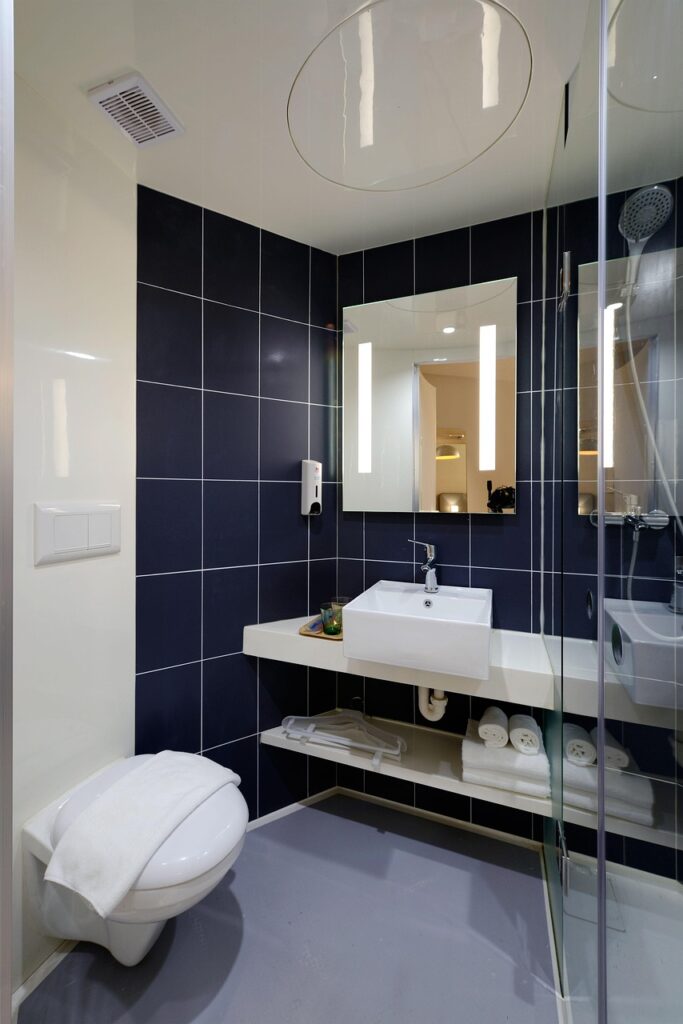
Bathrooms and kitchens are troublesome when it comes to fall prevention. Water makes things slippery, and those rooms are both prime candidates for splatters and spills. Put down non-slip rugs to provide traction. Non-slip mats in the shower, or at least those adhesive non-slip treads, are a good investment. Any spills or puddles, such as from shower overspray, should be cleaned up right away.
While you’re in the bathroom, grab bars in the shower as well as near the toilet aren’t bad ideas. If you’re falling and you grab a towel rack on your way down, odds are it isn’t going to do much to help you.
Advertisement — Continue Reading Below
Hold the Railing on the Stairs
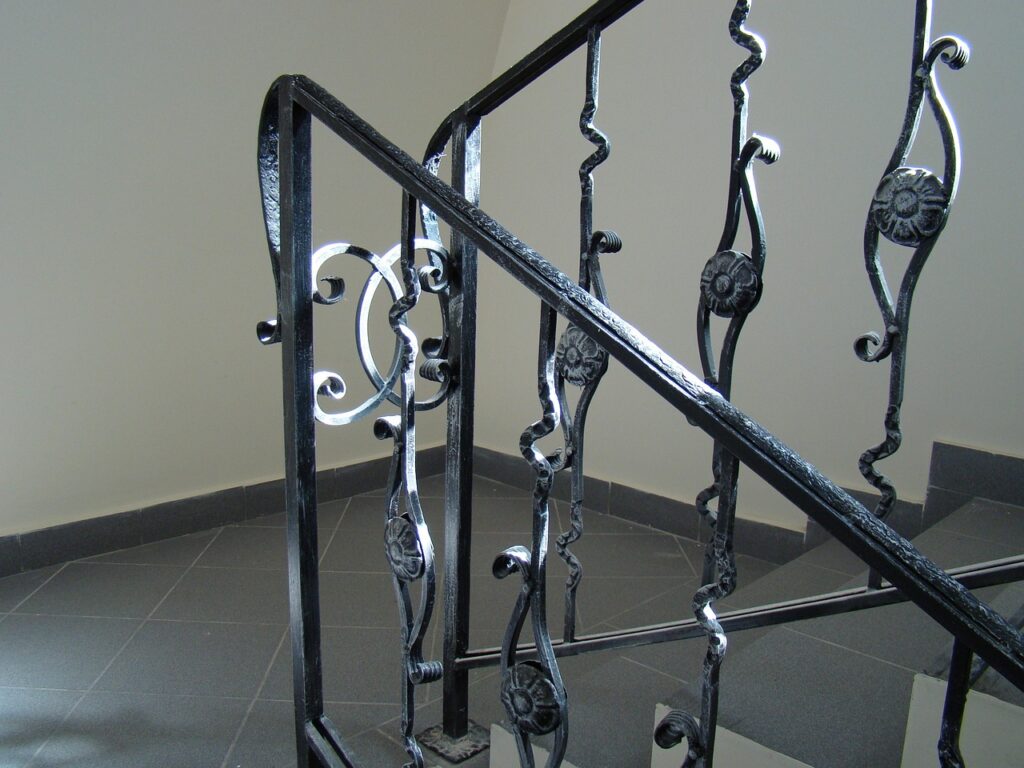
Every stairway in the home, and outside of it for that matter, should be equipped with a sturdy handrail. Use it as you go up and down those stairs. We have two dogs and a few cats. Want to bet how many times our handrail has prevented me from tumbling down? I’d much rather deal with a wrenched shoulder than play Humpty Dumpty.
Don’t Go Solo with Ladders
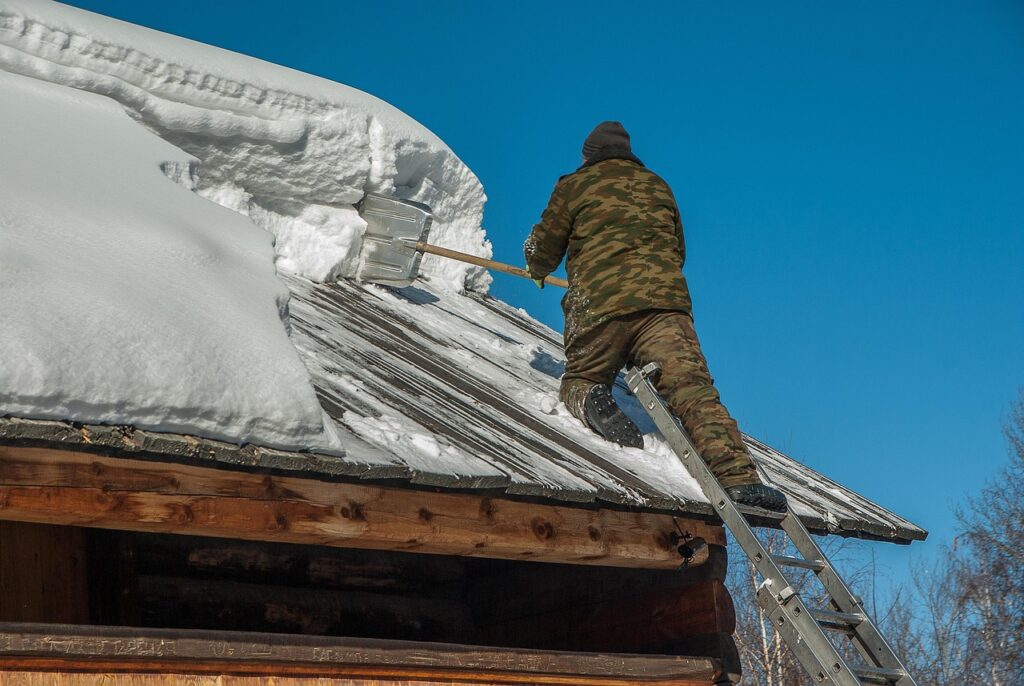
Advertisement — Continue Reading Below
I know we’ve all taken unnecessary risks with ladders, and it’s going to bite one of us square in the behind someday if we’re not careful. If you’re the only one home, don’t climb a ladder unless it’s an emergency. If you miss a step or something else goes sideways, you’re going to want someone around who can call 9-1-1.
Before using a ladder, be sure it’s rated for your weight. Place the feet of the ladder such that they’re secure and won’t slide around.
Check Rugs and Carpets
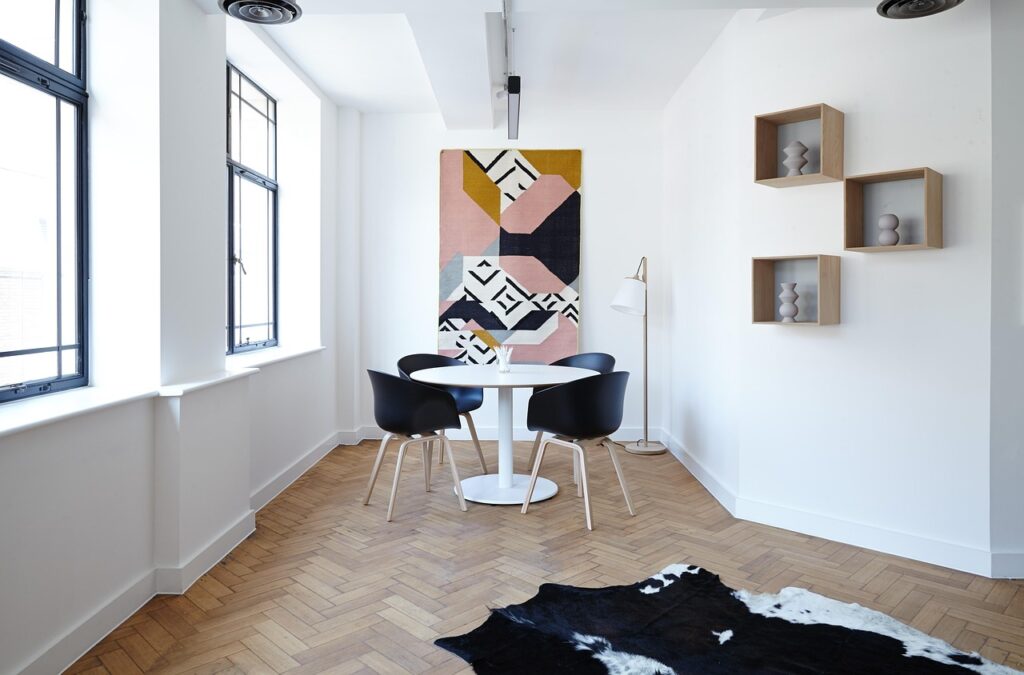
Advertisement — Continue Reading Below
Take a walk around your home and see if there are any rugs that tend to slide around. If so, either replace them or attach non-skid rug grippers to them. It’s not uncommon to see carpeting begin to loosen and bunch up after several years. If possible, have the carpet replaced.
Light It Up
On the exterior of your home, install motion-sensitive lights near entryways. That will make things easier when you’re coming home after dark and help ensure you don’t take a header on something. Inside the home, don’t hesitate to turn on lights as you walk into a room when it’s dark. Fumbling around using the Braille method to get through the room is just a recipe for disaster.
Spend some time on fall prevention. Take a walk through your home and look for trip hazards before you find one the hard way.
Advertisement — Continue Reading Below
